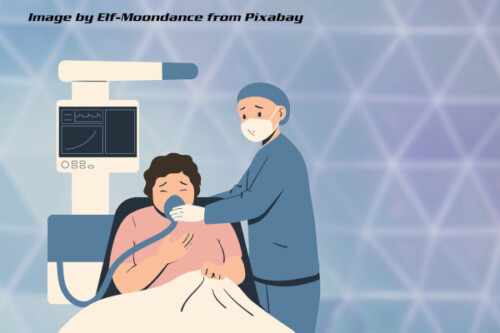September is Pain Awareness Month
.
Pain Awareness Month is an annual observance held in the United States every September. It is dedicated to raising awareness about the various aspects of pain, including its causes, management, and impact on individuals and society as a whole. Pain Awareness Month serves several important purposes, including educating the public, advocating for improved pain management, and supporting individuals living with chronic pain. Here’s a detailed explanation of Pain Awareness Month:
1. Origin and Purpose:
- Pain Awareness Month was established by the American Chronic Pain Association (ACPA) in 2001. The ACPA is a nonprofit organization dedicated to providing support and resources to individuals living with chronic pain.
- The primary purpose of Pain Awareness Month is to bring attention to the prevalence and impact of chronic pain conditions, as well as to foster understanding and empathy for those experiencing pain.
2. Key Themes and Messages:
- Raise Awareness: Pain Awareness Month aims to educate the public about the various types of pain, their causes, and the physical and emotional toll that chronic pain can have on individuals and their families.
- Advocate for Pain Management: It advocates for improved pain management strategies, including access to appropriate healthcare, pain medications, and alternative therapies.
- Destigmatize Chronic Pain: The observance seeks to reduce the stigma associated with chronic pain conditions, as individuals with chronic pain are sometimes misunderstood or accused of exaggerating their pain.
- Empower Patients: It empowers individuals with chronic pain to take an active role in managing their pain by providing information and resources.
- Promote Research: Pain Awareness Month encourages research into chronic pain conditions and potential treatments, with the goal of finding more effective and less invasive ways to manage pain.
3. Activities and Events:
- Throughout September, various organizations, healthcare providers, patient advocacy groups, and communities across the United States organize events and activities to mark Pain Awareness Month. These may include:
- Educational Workshops: Workshops and seminars on pain management, coping strategies, and the latest research.
- Patient Support Groups: Meetings and gatherings for individuals living with chronic pain to share experiences and resources.
- Awareness Campaigns: Public awareness campaigns through social media, websites, and traditional media outlets.
- Fundraising Events: Some organizations use this month to raise funds for pain research and advocacy.
4. Patient Education and Support:
- Pain Awareness Month provides individuals with chronic pain and their families access to educational materials, online resources, and support networks.
- The ACPA, for example, offers resources such as pain management guides, webinars, and a helpline to assist those seeking information and assistance.
5. Impact:
- Pain Awareness Month has played a vital role in increasing public understanding of the challenges faced by individuals living with chronic pain.
- It has also contributed to policy discussions around pain management, advocating for improved access to healthcare, pain medications, and alternative therapies.
- The observance has encouraged research efforts to develop better pain management strategies and to find solutions for chronic pain conditions.
In conclusion, Pain Awareness Month is a significant initiative dedicated to shedding light on the often-overlooked issue of chronic pain. It seeks to destigmatize chronic pain, promote awareness, and advocate for better pain management options. By providing education, support, and a platform for individuals to share their experiences, this observance plays a crucial role in improving the lives of those living with chronic pain and advancing the field of pain management.

